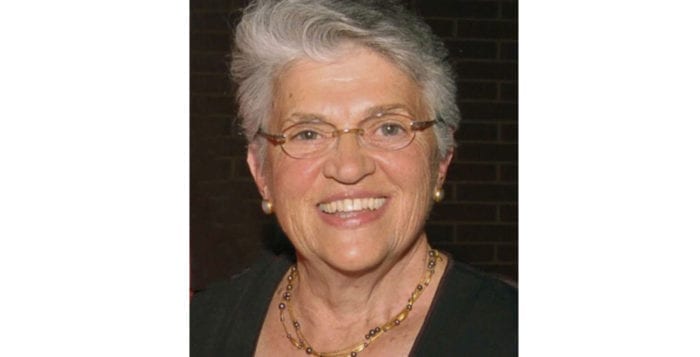By Donna Newman
Residents of the M-section of Strathmore houses in Stony Brook would like to know where things stand as far as their sycamore trees, are concerned. Will they be able to keep the trees, and get their roads paved?
They said they have been told Brookhaven Highway Supervisor Dan Losquadro’s (R) office will only say that the project is “on hold” until the re-evaluation is completed. Councilwoman Valerie Cartright (D-Port Jefferson Station) said she has received no potential schedule date for a meeting she plans to hold after the review has taken place, to allow the highway department to explain their re-evaluation with the chance for residents to respond.
“The need for road maintenance and repair must also be weighed against the quality and character of neighborhoods that would be impacted by the loss of trees…”
–Steve Englebright
A spokesperson for Losquadro’s office said Wednesday that the re-evaluation is ongoing and the office has received quite a few phone calls, some from residents who want the trees on their property taken down. She said they will be in touch with Cartright’s office and will work together moving forward once a plan is in place.
The reassessment of the tree removal was announced in a letter to affected M-section residents sent from the supervisor’s office, dated Aug. 26, and reiterated by Deputy Supervisor Steve Tricarico at the Brookhaven Town Board meeting Sept. 1. Since then, there have been no updates as to the progress of the review.
M-section resident Patricia Woods described a telephone conversation she had with Losquadro in which she said, “He was very nice. He said he ‘just wants to do the job the right way. [He doesn’t want to be] repairing the streets if they’re not done correctly the first time.’ I said to him, ‘if your idea is to do it the right way, you have to look at the whole picture, because [cutting down all the trees], that’s not the right way to do it.’”
Sunday morning at 10 a.m., homeowners gathered on Mariner Street, where Woods initiated another action to help call attention to their plight. At the suggestion of a friend, Deena Brando, who doesn’t reside in the M-section, but has empathy for the cause, Woods began tying green ribbons on the trees marked for removal on her street.

Spools of green ribbon were distributed to neighbors who gathered on the dead-end street Sunday morning. Petitions were available for homeowners to sign, indicating their opposition to the proposed tree removal. And after signing, M-section residents fanned out to the affected streets to encircle all the marked trees with green ribbons.
The organizers of this grass roots campaign have reached out over the last month to every official and organization they could think of to find help. They set up a Facebook page titled “Save the Stony Brook Street Trees” to facilitate communication to keep residents and others who are interested apprised of developments.
Many residents contacted Assemblyman Steve Englebright’s office (D-Setauket), because of his well-known stance on environmental issues.
In a letter to Losquadro dated Sept. 22, Englebright wrote, “Safe and well-maintained roads are vitally important to our communities and your department should be commended for striving to get the most out of the tax dollars spent on our roads. However, the need for road maintenance and repair must also be weighed against the quality and character of neighborhoods that would be impacted by the loss of trees, including the ecological benefits, aesthetics, property values, and health aspects that these mature street trees provide.”
Despite the fact that Brookhaven Town Supervisor Ed Romaine (R) informed the residents who attended the Sept. 1 board meeting that the highway superintendent is an autonomous, elected official who does not report to the supervisor, M-section homeowners plan to attend the Sept. 30 board meeting to continue to press for resolution of this issue.
















